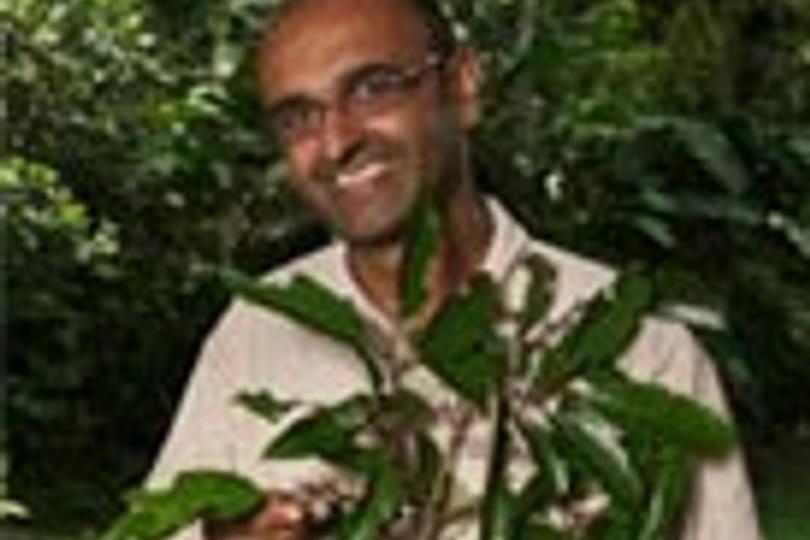
A new project co-led by Prof Yadvinder Malhi is making giant leaps in our understanding of tropical forest ecosystems. Oxford Centre for Tropical Forests Director, Professor Malhi, has recently returned from the rainforests of Peru where he has been working on a collaborative project with the Carnegie Institution for Science and several other international partners, using state of the art technology to map how forests are changing in response to land use pressure and climate change and monitoring how ecosystems are adapting.
This pioneering project uses a ‘one of a kind’, specially designed aircraft which combines lidar and hyperspectrometer remote sensing technologies. Professor Malhi explains, “Through lasers we are able to map the chemistry and the structure of the forest. Lasers fired from the plane will bounce off what they touch in the forest below and are able to provide a 3D image of every canopy tree and overall canopy structure.” The many different wavelengths of the hyperspectral laser allow measurement of the chemistry of each individual leaf so that scientists are able to pick up the unique thumbprint of each leaf telling them how much carbon an individual tree can sequester. “The hope is that soon, we will be able to identify the species and quantify the growth rates of individual trees by just flying over an area of land, and thus be able to map tree diversity, biomass and growth at landscape scales” said Malhi.
This research project is taking place in the lowlands and mountains of Peru, with a particular focus on the Kosnipata valley, on the eastern slopes of the Andes. The diversity of some of the lowland forests is the highest found on earth, with about 300 species of tree in a hectare of land. A major part of the field campaign involved climbing up to the forest canopy of 1900 canopy trees, sampling leaves for chemistry, anatomy and photosynthetic properties with which to calibrate and evaluate the airborne sensors. This compares to an average of about eight species per hectare in Wytham Woods, an area just outside Oxford where Prof Malhi also conducts field research. “This technology has the potential to push ecology forward by at least 10 years,” said Yadvinder, explaining that previously scientists had to base their estimates on individual plots scattered about a landscape. “It is like having an MRI scan of the ecosystem and we are just beginning to work out the huge potential of the data,” he added, saying that researchers will be able to better estimate carbon stocks and how much carbon is preserved if deforestation does not take place.
Watch a film of the JACARE (Joint Amazon Carnegie RAINFOR expedition) 2011
Photo: Jake Bryant www.envirofoto.com